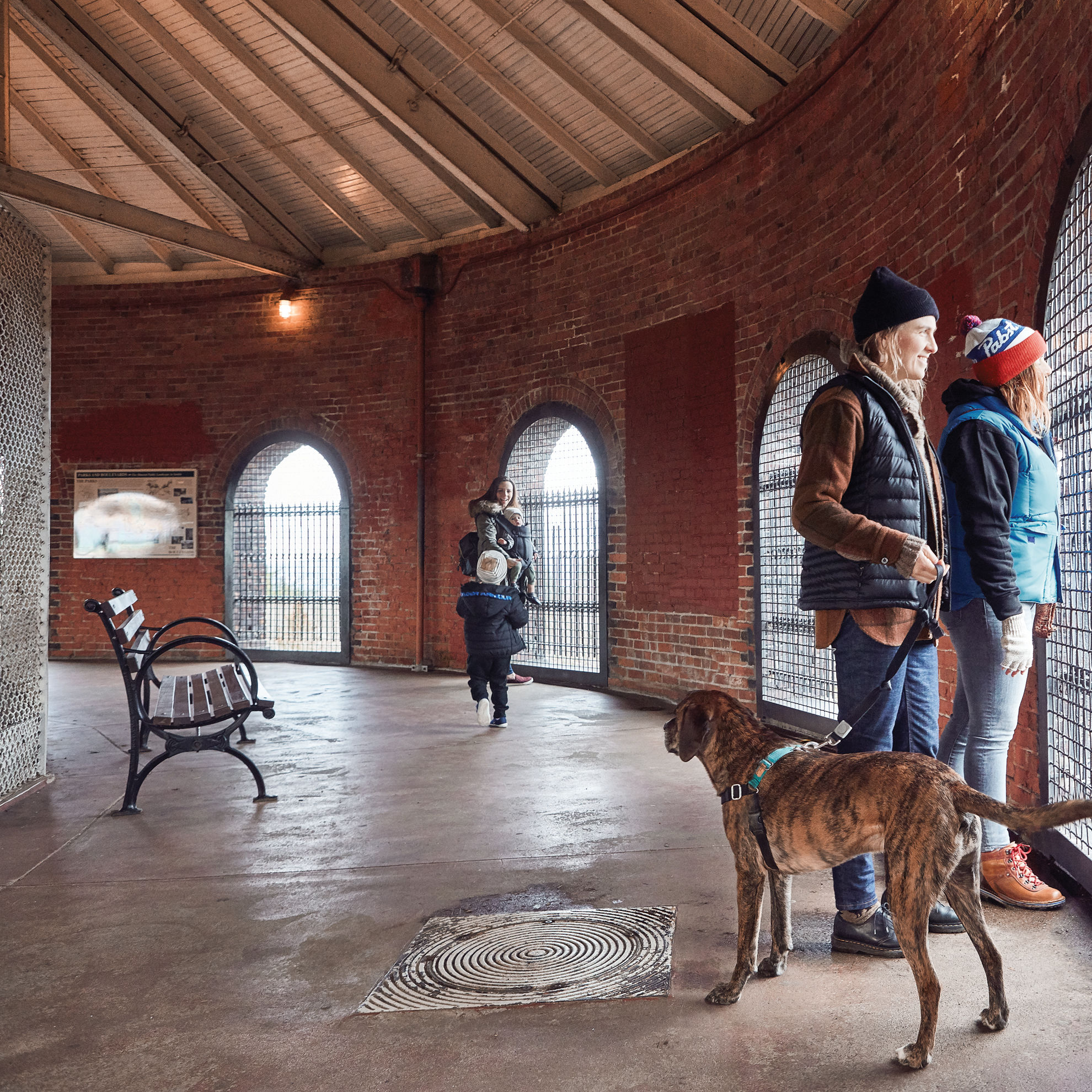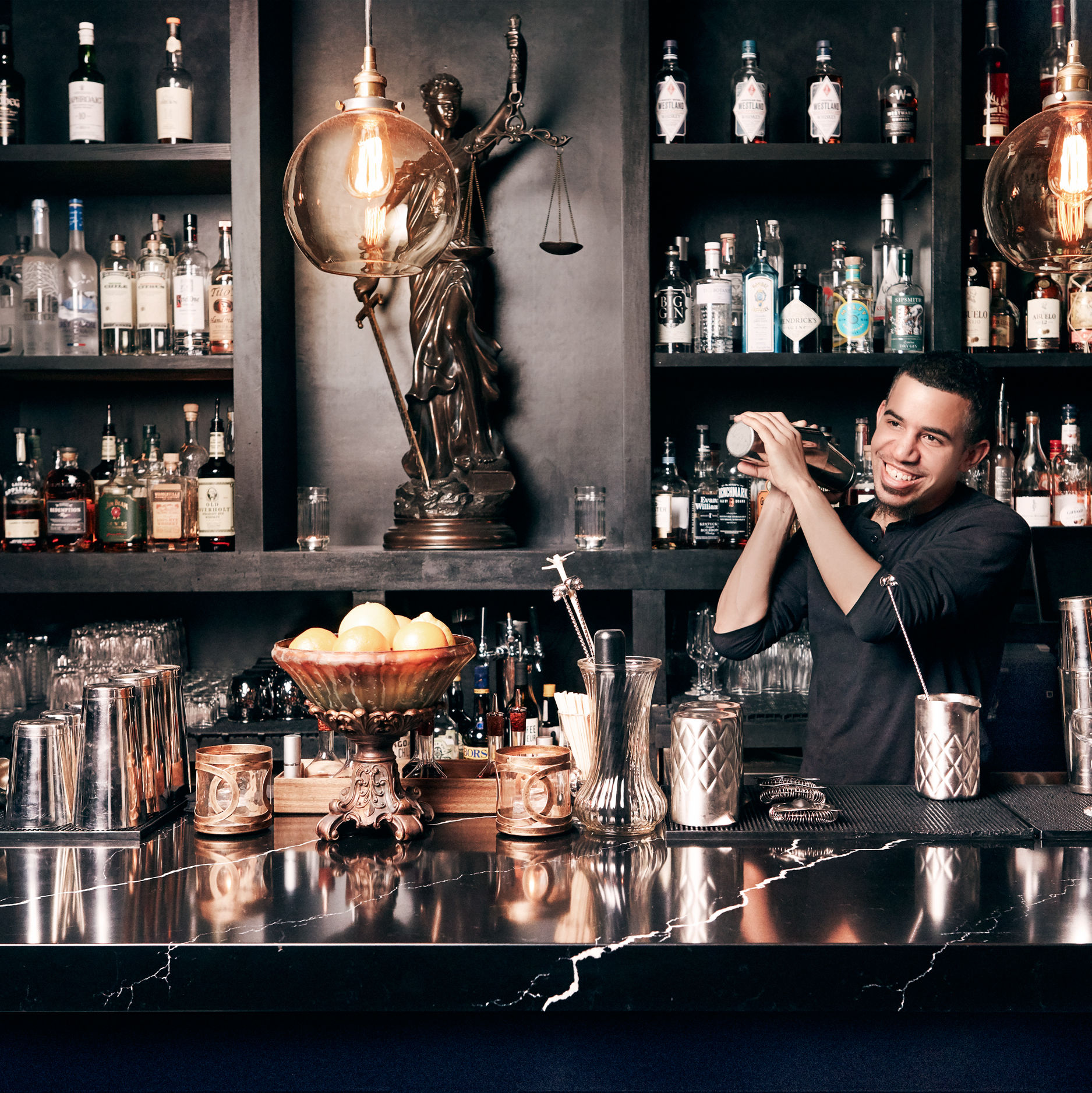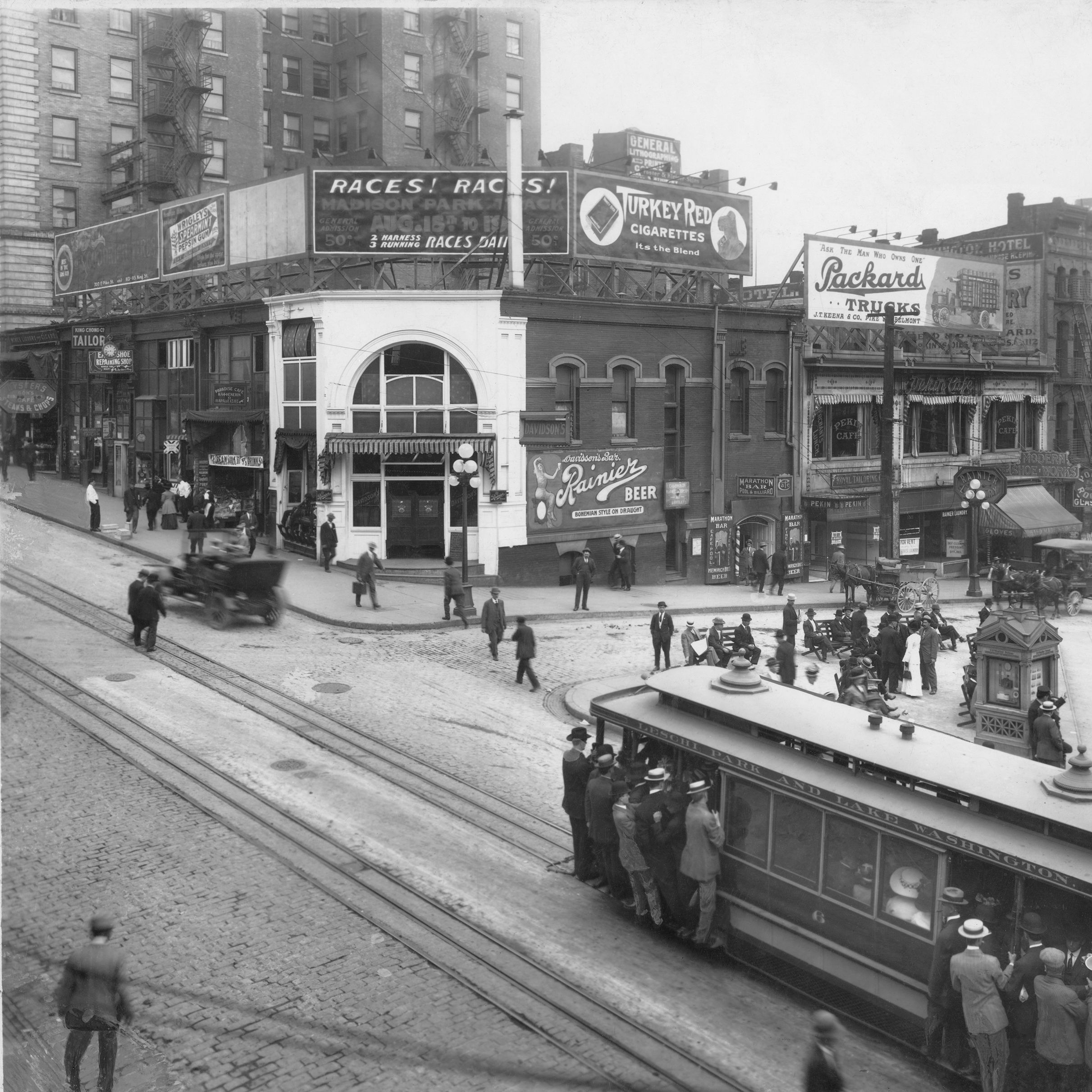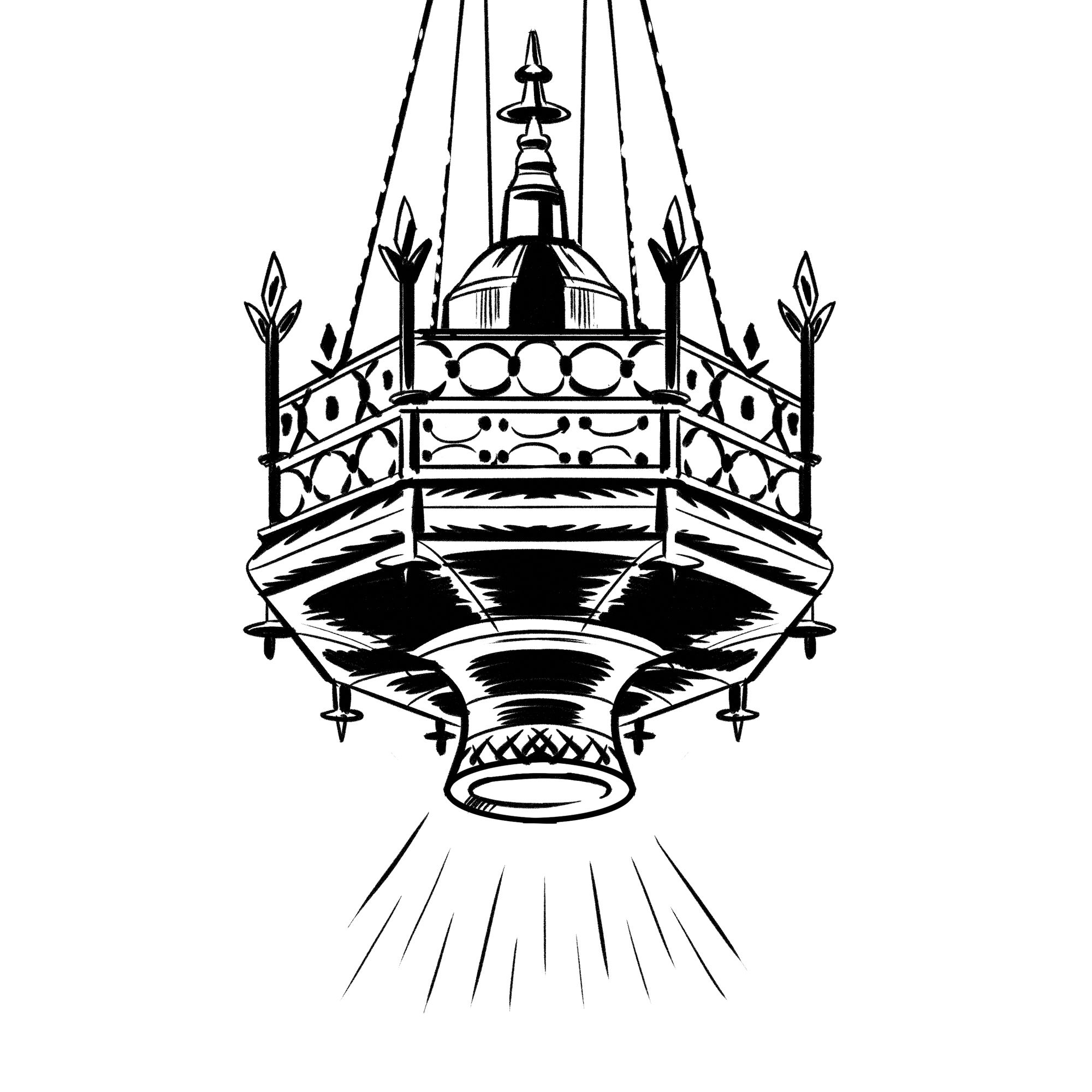Seattle's Unknown Private Spaces...That Are Actually Public Spaces
Since the 1960s, the City of Seattle has allowed building developers to go tall and big—see our expanding, jagged skyline of skyscrapers—if the project provided a public benefit. What counts as a public benefit? Open space, like the comfy plaza at the base of the 20-story Eighth and Olive building (720 Olive Way), where in-the-know passersby squat at an octagon-shaped bench, plug in their laptops, and surf the net under three shady trees.
These more than 40 plazas, atriums, mini parks, and lunchtime hangouts were never supposed to be hidden. They nonetheless remained practically secret until 2009, when then–Seattle City Council member and all-around do-gooder Nick Licata researched old city documents, identified these privately owned public open spaces (POPOS), and instructed the city’s planning department to put up plaques quoting the municipal code and identifying the “public amenity.” These spots are governed by the same free speech and free assembly rules that govern public right-of-ways like sidewalks. And while not all POPOS are created equal—the Four Seasons hotel boasts a cramped water feature with limited seating blocked by a carport—some of our favorites include the rock garden atrium inside the U.S. Bank Center at 1420 Fifth Ave, with its marble ramps, skylight ceilings, glass art, and 13 lunchtime tables, and the expansive, multilevel outdoor seating built into the concrete plaza at the Wells Fargo Center at 999 Third Ave.






















